Discover the Evolution of Football Turf: 4G Systems
The realm of artificial grass has evolved significantly, giving rise to the latest generation known as 4G football turf. This advanced surface is designed to mimic the playing characteristics of natural grass, offering a consistent playing experience in various weather conditions. Unlike its predecessors, 4G turf does not require infill, such as rubber crumb, making it a new benchmark in artificial football pitches.
Construction and Design of 4G Football Turf
At the core of 4G football turf is its unique construction. This turf is composed of synthetic fibers that stand upright without the need for infill, thanks to a deeper pile. The design focuses on durability, player safety, and playability. The fibers used are typically a blend of polyethylene or polypropylene, which contribute to the turf's resilience and softness, reducing the risk of abrasions and injuries.
Performance and Safety Features
The performance of 4G football turf is characterized by its shock absorption capabilities and traction. The surface is engineered to offer optimal energy return, which is crucial in a sport that demands quick reflexes and sudden changes in direction. Safety is paramount, and this turf is designed to reduce the impact on players' joints, contributing to a lower injury risk compared to traditional turf systems.
Applications and Versatility
While primarily used for football, the versatility of 4G football turf extends to a range of sports and recreational activities. Its robustness makes it suitable for high-traffic areas, and its all-weather resilience ensures it is a preferred choice for training grounds, schools, and community sports hubs.
Maintenance and Longevity
Maintenance of 4G football turf is straightforward, requiring regular brushing to keep the fibers upright and free of debris. This ease of upkeep, coupled with the turf's resistance to wear and UV damage, contributes to its longevity, making it a cost-effective solution for facilities looking for a durable playing surface.
Environmental Considerations
Environmental sustainability is a growing concern in sports facility management. 4G football turf addresses this by being designed for optimal drainage, reducing water usage compared to natural grass. Additionally, the absence of rubber infill makes it a more eco-friendly option, as it minimizes the potential for microplastic pollution.
Incorporating 4G football turf into your sports facility represents an investment in the future of athletic performance and environmental responsibility. Its advanced features offer a playing experience that is both player-friendly and sustainable.


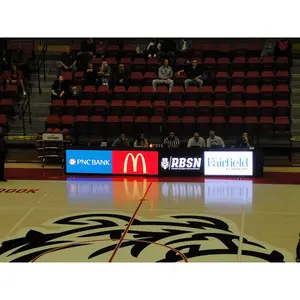

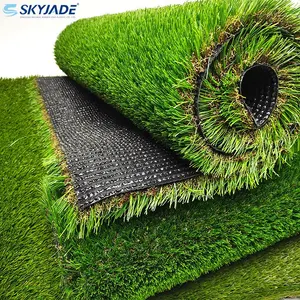

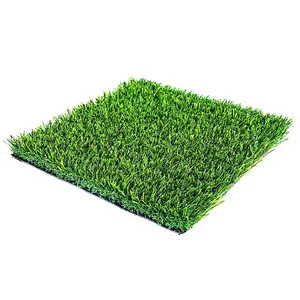



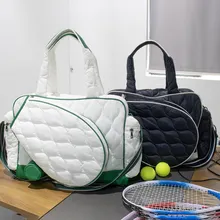

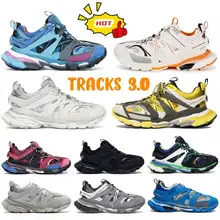





























 浙公网安备 33010002000092号
浙公网安备 33010002000092号 浙B2-20120091-4
浙B2-20120091-4